Farmers harvest Summer-Autumn rice 2025
Harvest urgently
In the lowland communes of Dong Thap Muoi these days, it is easy to see the bustling scene of the summer-autumn rice harvest. In the fields, combine harvesters work tirelessly from early morning to late afternoon. Along the intra-field roads, lines of rice trucks leave the fields one after another, bringing the “golden grain” to the collection point or milling facility.
This year, the weather was not really favorable, and diseases broke out in many places. However, people and professionals have proactively responded and kept productivity stable.
Mr. Nguyen Van Moi (residing in Vam Gua hamlet, Vinh Chau commune), who has more than 20 years of rice cultivation, shared: “This crop, I sowed 2 hectares, the rice yield is relatively stable, about 6 tons/ha. Many households harvested before only achieving 3-4 tons/ha due to the rice being heavily infected with bacteria. After harvesting, I “open the field” to release the flood, and will sow again in November.”
Not only Vinh Chau commune, but also in many other localities such as Thanh Phuoc, Vinh Hung, Tan Hung, etc., farmers are busy harvesting rice. Everyone is taking advantage of every hour and every day to "clear the fields" before the upstream water flows in. This is not only the peak harvest season but also a pivotal time to prepare for the 2025-2026 Winter-Spring crop - the most important rice crop of the year.
Because this is a low-lying area, people still maintain the practice of "flooding" after the Summer-Autumn crop to improve the soil, destroy pathogens, and replenish alluvium. Harvesting at the right time will ensure a reasonable amount of time to welcome the flood, contributing significantly to the success of the next crop.
In Vinh Hung commune, thanks to systematic production organization, simultaneous planting and comprehensive mechanization, all 7,500 hectares of Summer-Autumn rice have been harvested. However, low rice prices have not resulted in high profits for farmers.
Farmers in Vinh Hung commune plow the land, preparing for flooding.
Dinh Chau Phong, Deputy Head of the Economic Department of Vinh Hung Commune, said: “This crop, the average rice yield is about 6 tons/ha. However, the price of rice this year is not high, some farmers break even, some make a profit of 7-12 million VND/ha.”
In Thanh Phuoc commune, the situation is even more difficult when pests and diseases appear on a large scale. Mr. Nguyen Hoai Han (residing in Thanh Lap hamlet) is worried: “This crop, I sowed 6 hectares of IR4625 sticky rice, preparing to harvest in the next 4-5 days. But this year, the rice is infected with tube worms and grain rot, so the yield will probably decrease. The price is also low, only from 6,900-7,000 VND/kg, down about 500-600 VND/kg compared to last year, so there will probably be no profit.”
Vice Chairman of Thanh Phuoc Commune People's Committee Le Ngoc Tuong informed: "Up to now, the commune has sown 8,643 hectares of Summer-Autumn rice. In Da Bien hamlet, farmers have started harvesting, currently 20-25 hectares, with a yield of 6-6.2 tons/ha. The Commune People's Committee has directed specialized agencies to inspect the dikes and monitor water levels regularly to protect the crop and prepare well for the next crop."
According to statistics from the Department of Agriculture and Environment, in the 2025 Summer-Autumn crop, the whole province sowed more than 263,670 hectares, reaching 98.8% of the plan. By the end of July, 95,058 hectares had been harvested, with an average yield of 58.5 quintals/ha, and an estimated output of 555,874 tons.
Ready for the flood
Water levels in the province's upstream communes are rising by 2-5cm/day and night.
Immediately after completing the harvest, many households did not wait but quickly plowed, dried the soil, and prepared to welcome the flood. Mr. Ho Tan Thanh (Vam Gua hamlet, Vinh Chau commune) shared: “I have just finished harvesting 1.5 hectares of OM18 rice, reaching about 6 tons/ha. After harvesting, I plowed the land to soak it in the flood. This flood season, I plan to let the land rest for a few months, and only plant again when the water recedes.”
According to information from the Tay Ninh Hydrometeorological Station, flood water levels in communes in the Dong Thap Muoi region are increasing rapidly due to local rainfall combined with water flowing from upstream. On average, water levels are increasing by 2-5cm/day and night, and are forecast to reach a local peak in August, creating favorable conditions for farmers to bring water into the fields.
Mr. Tran Van Mem (living in Vinh Hung commune) said: “I have just finished plowing 5 hectares of land to soak in the flood. If we want the upcoming winter-spring crop to be successful, soaking in the flood is very necessary. It helps wash away alum, destroy pathogens and accumulate alluvium for the field, saving fertilizer and reducing pests and diseases for the next crop.”
At the same time, the province has sown more than 30,000 hectares of 2025 Autumn-Winter rice. In the face of rising flood levels, authorities recommend that localities should not be complacent.
The Department of Agriculture and Environment requires its affiliated units and local authorities to closely monitor weather and hydrological developments, grasp the area and growth stage of each rice crop to have response measures, and at the same time arrange forces to patrol, inspect and reinforce key dikes and dams; prepare pumps and equipment to be ready to respond in case of incidents.
From timely harvesting, proactive plowing, to protecting dikes and regulating irrigation, people in Dong Thap Muoi are clearly demonstrating a flexible agricultural production mindset, closely connected to nature. They do not race against floodwaters, but live in harmony, taking advantage of floods to benefit the land and people./.
Bui Tung
Source: https://baolongan.vn/vu-lua-he-thu-tap-trung-thu-hoach-sn-sang-don-lu-a200052.html


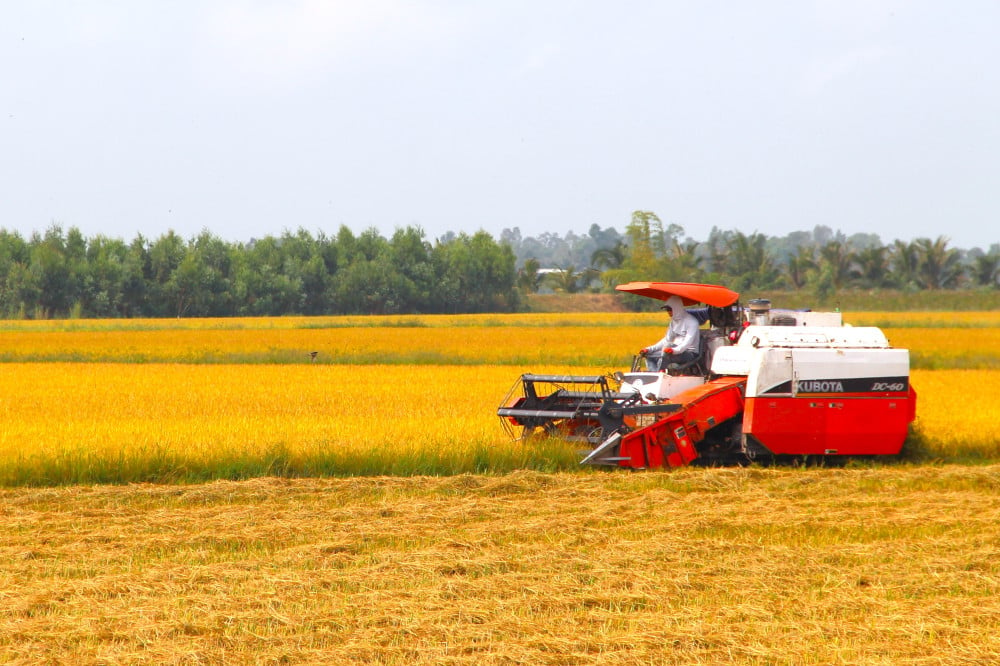
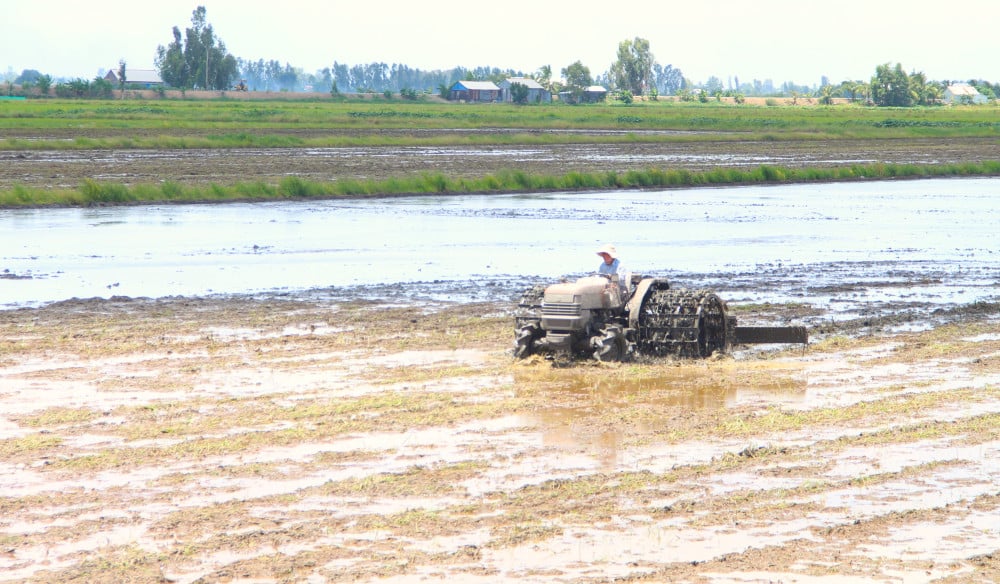
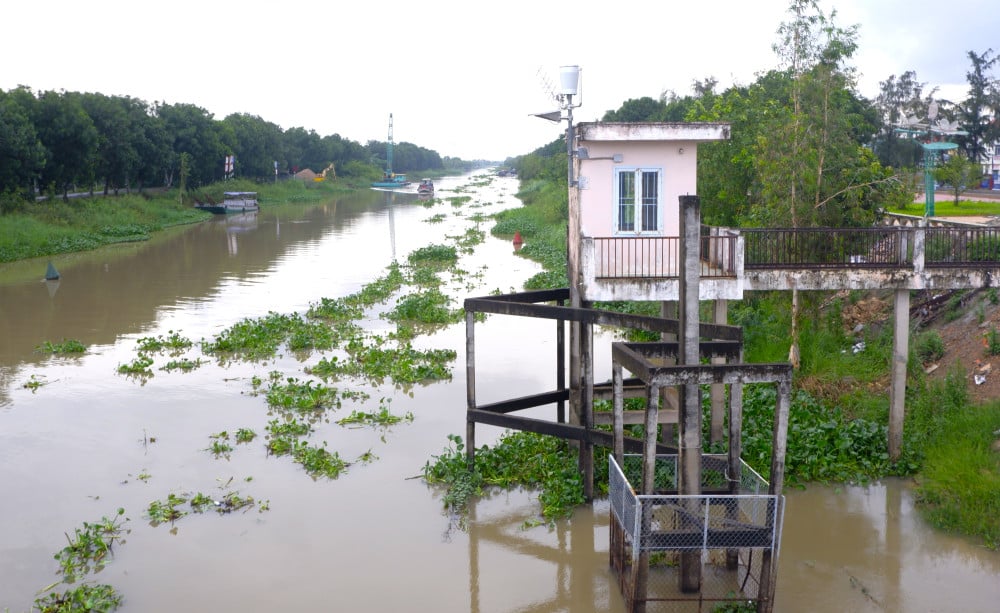

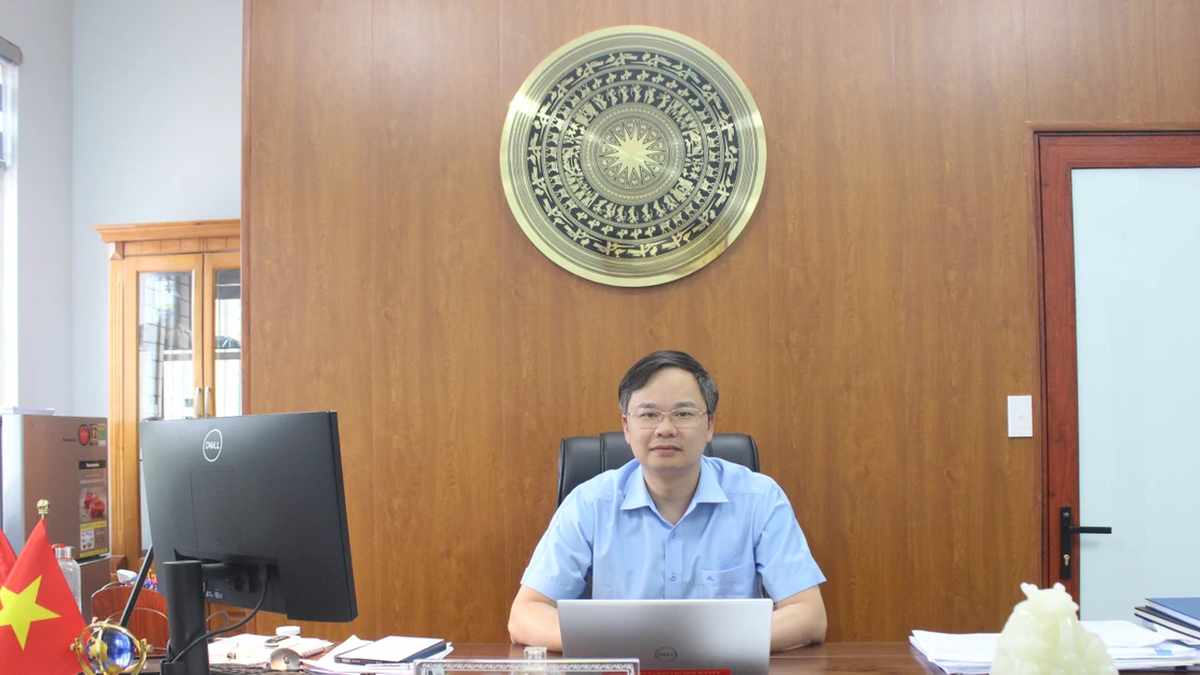
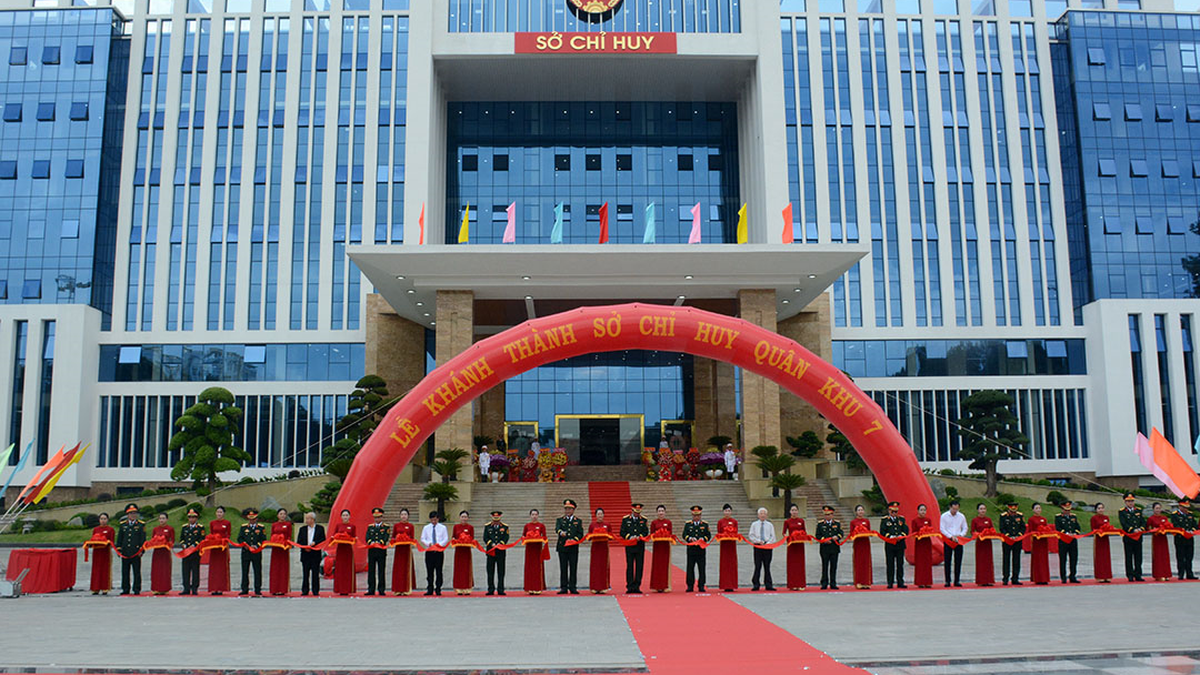




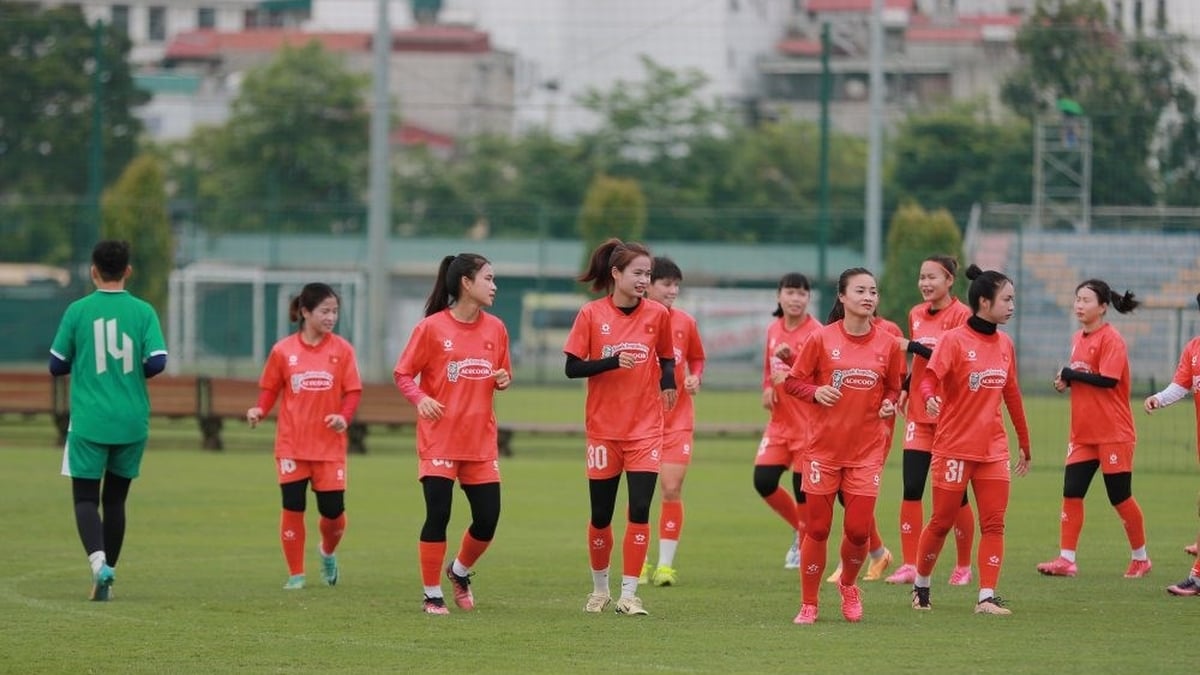




































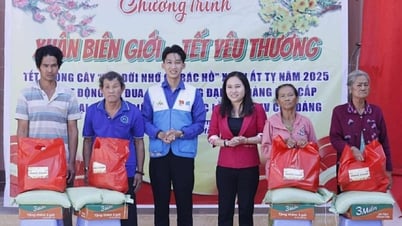


















![[Infographic] Traditional friendship and good cooperation between Vietnam and Egypt](https://vphoto.vietnam.vn/thumb/402x226/vietnam/resource/IMAGE/2025/8/4/9a2112b4046e4c128fdcb5403489866a)










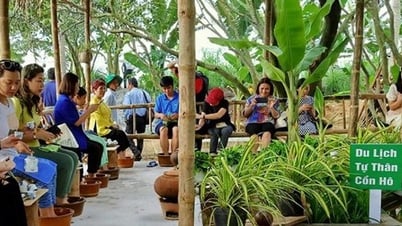





















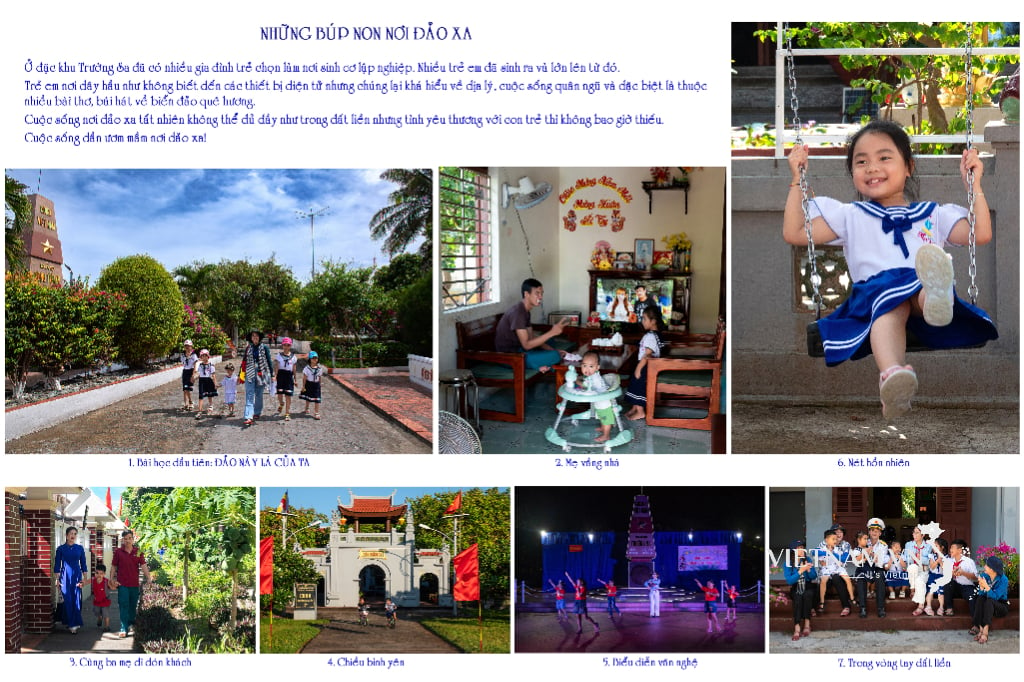


Comment (0)